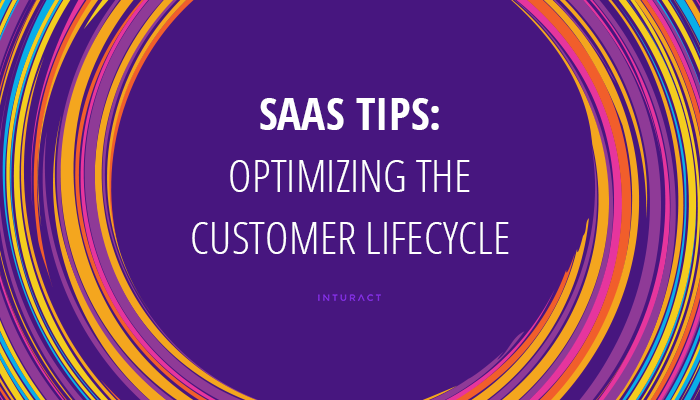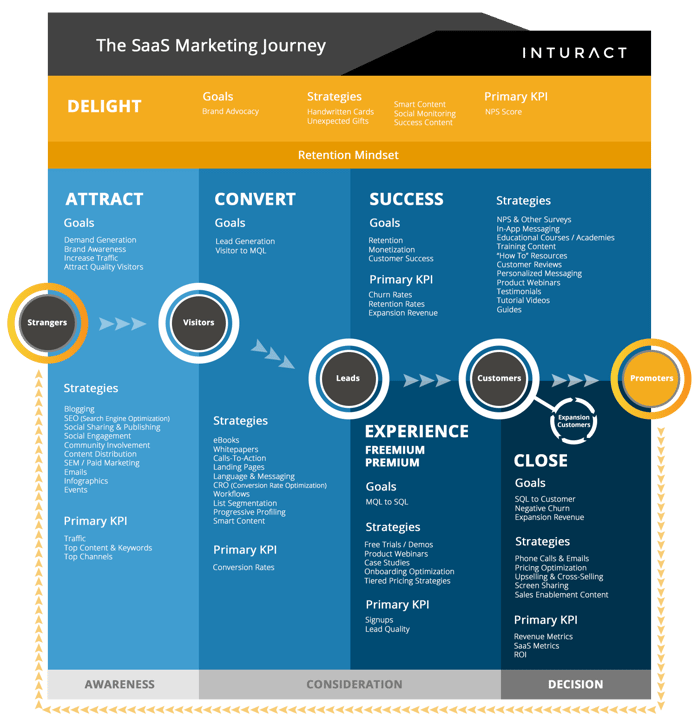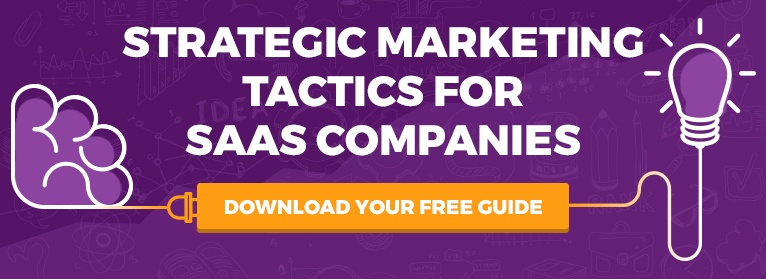 The subscription environment requires measurements of SaaS-favs like monetization, churn, retention, and expansion to ensure a successful business. This holds true whether your business is solving security issues or facilitating movie rentals. In this regard, many SaaS businesses have strong similarities.
The subscription environment requires measurements of SaaS-favs like monetization, churn, retention, and expansion to ensure a successful business. This holds true whether your business is solving security issues or facilitating movie rentals. In this regard, many SaaS businesses have strong similarities.
But there is one thing that is different for every SaaS business - the unique desired outcome of your ideal customer. And that desired outcome has a big impact on your company’s customer lifecycle. So you better be thinking about it when you plan your strategy!
Keeping the unique needs and outcomes of your ideal customer at the forefront of your strategy will have a direct impact on the success of your campaigns. It will ensure that you optimize your product and marketing strategy for customer success at the onset as opposed to putting out fires later.
I talk a lot about the importance of a customer-centric strategy in effective SaaS marketing. But let’s go a step further and dive into exactly how to infuse your ideal customer into the SaaS customer lifecycle and how it will make a BIG difference in the success of your campaigns.
It’s Not You, It’s Them
You know that old standby break-up line, “it’s not you, it’s me” -- yeah, that doesn’t really apply to businesses. If your customer breaks up with you, it is probably almost entirely because of you. Now whether you could have prevented it or not remains to be seen. But there is a lot you can do to try.

Customers keep using products when the product helps them to be successful. Customer success is defined as the point in which your customer achieves their desired outcome (that thing that brought them to you in the first place), according to Lincoln Murphy.
So it stands to reason that you should set them up to achieve this goal throughout their lifecycle, especially since the SaaS journey is a doozy: attract, convert, experience, close, success, delight, and everything in between. Whatever buzzworthy marketing phrase of the moment you prefer, this “retention mindset” will help you think about your “them” throughout the journey.
Define the Desired Outcome
“Let’s start at the very beginning, for it’s a very good place to start.” I always hear Julie Andrews on repeat in my head when I start talking about defining ideal customers, desired outcomes, and personas. She is right, though, “when you read you begin with A, B, C” and when you market you simply have to take the time to define some stuff or you’ll be throwing balls in the air and hoping something sticks. There is no way around it!
Let’s take a simple example that most people should be familiar with - cola. A soda-drinker’s desired outcome is to quench their thirst with something delicious. Loyal customers keep coming back for more because soda does the job (well that and studies have shown sugar to be more addicting than cocaine, but that is a different story for a different day).
The same is true for a SaaS product like Netflix. Netflix’s customers desire easy access to quality entertainment. If Netflix messes up on either the ease or the quality of their entertainment, they will be in trouble.
 Netflix, in particular does a great job of thinking about these desired outcomes throughout their customer journey. They advertise the simplicity of use in their acquisition phase content, and they take steps to keep their existing customers successful, such as sending out round-up emails of new releases each month and pushing suggested films into your queue.
Netflix, in particular does a great job of thinking about these desired outcomes throughout their customer journey. They advertise the simplicity of use in their acquisition phase content, and they take steps to keep their existing customers successful, such as sending out round-up emails of new releases each month and pushing suggested films into your queue.
It’s All About the Data
For a marketer, the best and worst thing about this digital world we live in is the limitless access to loads of data. You can track down data for about pretty much anything under the sun that you want to measure. The trick is measuring the right data for the right goal.
Once you have the desired outcomes of your customer segments defined, you can start plotting out goals and measurements for each phase of their journey. Our friend Lincoln Murphy calls these “success milestones” and they become relevant even before a lead becomes a customer.
In fact, success milestones exist at every point an individual has an interaction with your brand.
Eeek, that’s a lot places for potential failure! Or a lot of opportunities for success! (Glass half full people.)
You simply need to map the success milestones to data points along your customer lifecycle. This is where the uniqueness of the humans buying from you comes into play. While it’s good to know the general pattern a SaaS customer takes, the milestones vary from business to business.
Two major mistakes that SaaS companies make when mapping their customer lifecycle are:
- Thinking brand-centric instead of customer-centric, and
- Neglecting to map the journey points to measurable outcomes
Chargify published an awesome post a while back with a robust list of key metrics to prioritize along the SaaS customer lifecycle funnel, including:
Acquisition Metrics:
- Traffic
- Conversion
- *Funnel Path Completion* << (Hint: Specific and unique to your product)
- Customer Acquisition Cost (CAC)
Engagement Metrics:
- Session Length
- Returning Sessions
- *Core Task Completion* << (Hint: Specific and unique to your product)
- Trial to Paid Conversions
- Active Users
Retention Metrics:
- Activity Churn
- *Cancel Intent Behavior* << (Hint: Specific and unique to your product)
- Past Due Accounts
- Expansion MRR
Each of the starred points on this list represent metrics categories which are designated by your customers desired outcome. These are the points which will be unique to your SaaS. When you map out your SaaS customer lifecycle to measurable objectives, it looks something like this:

And as you can see, it should be very specific to each of your customer segments, especially your ideal customer.
Get on With Your SaaSy Self
It’s time to roll your sleeves up and do some heavy lifting. Survey your customers, do some market research, and build out your SaaS customer lifecycle. This map will become the blueprint for your entire marketing strategy. So don’t screw up.
Kidding. Sort of.
Your customer journey maps and lifecycles will evolve as your company and customers grow and evolve. They should be living, breathing documents that you revisit on a regular basis. But they will come in very handy when you are building out your strategy so they should be as accurate and detailed as possible (or you could hire us to do it for you *wink*).
Looking for more detail on any of the SaaS marketing terminology used here? Download our free Complete Guide to Building Your SaaS Marketing Strategy - it has everything you need!


